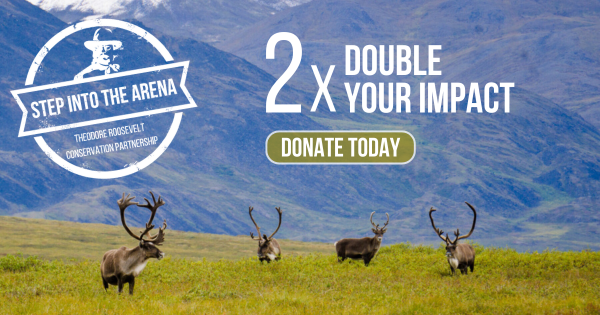I’m a very lucky guy.
I hit the fisherman’s jackpot when I was born, the son of an outdoor writer who dwelt in the expanses of marshes and swamps, bays, lakes and barrier islands of south Louisiana aptly named “sportsman’s paradise.” My dad rarely went hunting or fishing without me and my brother in the truck.
Some of my fondest memories will always be of standing, fishing rod in hand, on the deck of our modest powder blue, 15-foot bass boat. The boat didn’t go fast or look pretty, but it managed to bring us back to the dock with plenty of speckled trout and redfish for dinner.
A couple of times each year we would head offshore on the 65-foot charter boats out of Port Fourchon to fish for snapper, grouper, king mackerel and whatever else was swimming around the rigs and reefs. My dad always made a big deal when we caught a red snapper, sneaking the first few into a small ice chest he kept away from the crowd to make sure we got a couple to take home for dinner.
Taking the big boat rides to the deep water and watching the older fishermen muscle in amberjack or an occasional shark was an adventure. But those days were no more special than the ones spent simply walking the surf at Grand Isle, casting top water Mirr-O-Lures and gold spoons at speckled trout as they busted shrimp on the Gulf of Mexico’s lightly rippled surface.
As I got older, I began paying close attention to the changes happening to my childhood fishing haunts and my ability to access the fish. My marshes were washing away and sinking. Bayou banks and marsh ponds where I had caught redfish and watched teal fly past by the thousands became open water seemingly overnight, while more and more of Louisiana’s coasts fell victim to saltwater intrusion brought on by manmade canals and the isolation of the Mississippi River’s water and sediment from its delta.
I watched commercial fishermen use purse seine nets off Louisiana’s coast to harvest brood stock redfish by the hundreds of thousands in the late 1980s. At times so many fish were brought to the dock that they rotted in the baking late-summer heat before they could even be processed. Recreational fishermen lost an entire year of fishing for reds, and limits were severely curtailed as state biologists scrambled to recover stocks.
I watched as regulations on my dad’s beloved red snapper became ever more restrictive, limiting access and breeding distrust of fisheries managers at all levels of government among recreational anglers.
I watched hurricanes Katrina, Rita, Gustav and Ike carve up my beloved marshes and barrier islands and devastate towns from one end of Louisiana’s coast to the other. And I saw the region get slugged in the gut again two years later by an oil spill that coated my speckled trout surf and took away an entire spring and summer of fishing from Gulf anglers.
My state did not deserve these injuries and injustices. My fellow fishermen across the Gulf didn’t deserve them either.
Recreational fishing in the Gulf has a $10 billion impact on the region’s economy every year. But more importantly, it builds relationships between friends, families, fathers and sons, mothers and daughters. It teaches us how to respect our surroundings and where our food comes from. It teaches us to appreciate a perfect sunrise and how to make others appreciate it as well.
Limiting access to the fishery, whether due to habitat loss, manmade disasters or unnecessarily restrictive regulation not only threatens communities and jobs; it also jeopardizes our ability to raise the next generation of sportsmen and conservationists. This trend of access loss for recreational anglers is happening not just in the Gulf of Mexico, but across our nation’s coasts.
We can do better. We must do better.
That’s why I am honored to have the opportunity to work with fishermen across the Gulf and throughout our coastal areas to try and unite those who want to make our fishing and our fisheries more sustainable. Fishermen must use their collective might to advance positive change, but we must reach consensus on what we want that change to look like – and we must be willing to compromise when needed.
My dad taught me well. Now that I have a son of my own, I’d like him to have the chance when he’s my age to remember the red snapper he caught and took home for dinner when he was 10. Join us in making this a reality.
Do you have a favorite stretch of coastline or a favorite fishing memory? Post it below.








